HSBC 2008 Annual Report Download - page 223
Download and view the complete annual report
Please find page 223 of the 2008 HSBC annual report below. You can navigate through the pages in the report by either clicking on the pages listed below, or by using the keyword search tool below to find specific information within the annual report.-
 1
1 -
 2
2 -
 3
3 -
 4
4 -
 5
5 -
 6
6 -
 7
7 -
 8
8 -
 9
9 -
 10
10 -
 11
11 -
 12
12 -
 13
13 -
 14
14 -
 15
15 -
 16
16 -
 17
17 -
 18
18 -
 19
19 -
 20
20 -
 21
21 -
 22
22 -
 23
23 -
 24
24 -
 25
25 -
 26
26 -
 27
27 -
 28
28 -
 29
29 -
 30
30 -
 31
31 -
 32
32 -
 33
33 -
 34
34 -
 35
35 -
 36
36 -
 37
37 -
 38
38 -
 39
39 -
 40
40 -
 41
41 -
 42
42 -
 43
43 -
 44
44 -
 45
45 -
 46
46 -
 47
47 -
 48
48 -
 49
49 -
 50
50 -
 51
51 -
 52
52 -
 53
53 -
 54
54 -
 55
55 -
 56
56 -
 57
57 -
 58
58 -
 59
59 -
 60
60 -
 61
61 -
 62
62 -
 63
63 -
 64
64 -
 65
65 -
 66
66 -
 67
67 -
 68
68 -
 69
69 -
 70
70 -
 71
71 -
 72
72 -
 73
73 -
 74
74 -
 75
75 -
 76
76 -
 77
77 -
 78
78 -
 79
79 -
 80
80 -
 81
81 -
 82
82 -
 83
83 -
 84
84 -
 85
85 -
 86
86 -
 87
87 -
 88
88 -
 89
89 -
 90
90 -
 91
91 -
 92
92 -
 93
93 -
 94
94 -
 95
95 -
 96
96 -
 97
97 -
 98
98 -
 99
99 -
 100
100 -
 101
101 -
 102
102 -
 103
103 -
 104
104 -
 105
105 -
 106
106 -
 107
107 -
 108
108 -
 109
109 -
 110
110 -
 111
111 -
 112
112 -
 113
113 -
 114
114 -
 115
115 -
 116
116 -
 117
117 -
 118
118 -
 119
119 -
 120
120 -
 121
121 -
 122
122 -
 123
123 -
 124
124 -
 125
125 -
 126
126 -
 127
127 -
 128
128 -
 129
129 -
 130
130 -
 131
131 -
 132
132 -
 133
133 -
 134
134 -
 135
135 -
 136
136 -
 137
137 -
 138
138 -
 139
139 -
 140
140 -
 141
141 -
 142
142 -
 143
143 -
 144
144 -
 145
145 -
 146
146 -
 147
147 -
 148
148 -
 149
149 -
 150
150 -
 151
151 -
 152
152 -
 153
153 -
 154
154 -
 155
155 -
 156
156 -
 157
157 -
 158
158 -
 159
159 -
 160
160 -
 161
161 -
 162
162 -
 163
163 -
 164
164 -
 165
165 -
 166
166 -
 167
167 -
 168
168 -
 169
169 -
 170
170 -
 171
171 -
 172
172 -
 173
173 -
 174
174 -
 175
175 -
 176
176 -
 177
177 -
 178
178 -
 179
179 -
 180
180 -
 181
181 -
 182
182 -
 183
183 -
 184
184 -
 185
185 -
 186
186 -
 187
187 -
 188
188 -
 189
189 -
 190
190 -
 191
191 -
 192
192 -
 193
193 -
 194
194 -
 195
195 -
 196
196 -
 197
197 -
 198
198 -
 199
199 -
 200
200 -
 201
201 -
 202
202 -
 203
203 -
 204
204 -
 205
205 -
 206
206 -
 207
207 -
 208
208 -
 209
209 -
 210
210 -
 211
211 -
 212
212 -
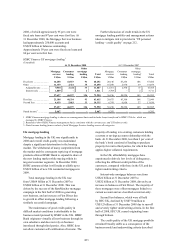 213
213 -
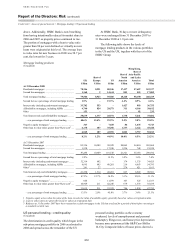 214
214 -
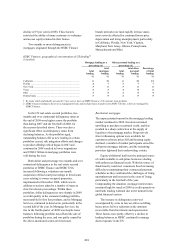 215
215 -
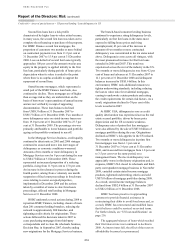 216
216 -
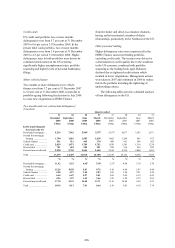 217
217 -
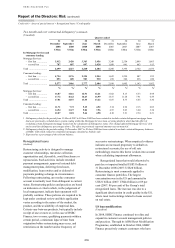 218
218 -
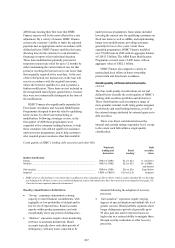 219
219 -
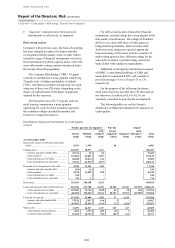 220
220 -
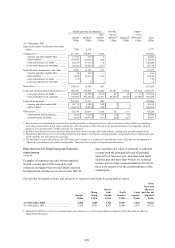 221
221 -
 222
222 -
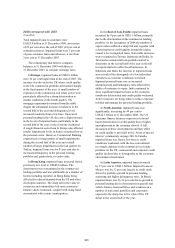 223
223 -
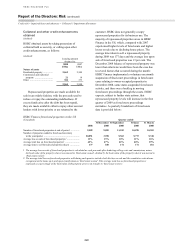 224
224 -
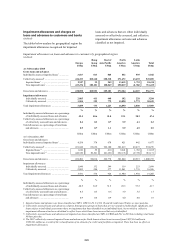 225
225 -
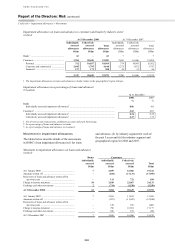 226
226 -
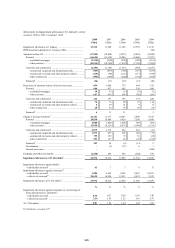 227
227 -
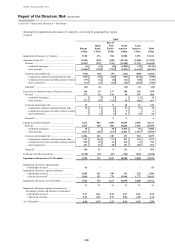 228
228 -
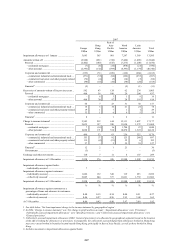 229
229 -
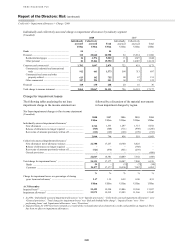 230
230 -
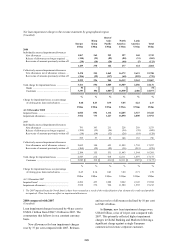 231
231 -
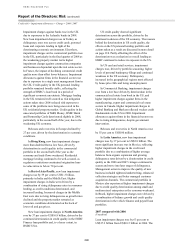 232
232 -
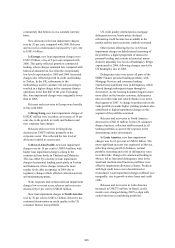 233
233 -
 234
234 -
 235
235 -
 236
236 -
 237
237 -
 238
238 -
 239
239 -
 240
240 -
 241
241 -
 242
242 -
 243
243 -
 244
244 -
 245
245 -
 246
246 -
 247
247 -
 248
248 -
 249
249 -
 250
250 -
 251
251 -
 252
252 -
 253
253 -
 254
254 -
 255
255 -
 256
256 -
 257
257 -
 258
258 -
 259
259 -
 260
260 -
 261
261 -
 262
262 -
 263
263 -
 264
264 -
 265
265 -
 266
266 -
 267
267 -
 268
268 -
 269
269 -
 270
270 -
 271
271 -
 272
272 -
 273
273 -
 274
274 -
 275
275 -
 276
276 -
 277
277 -
 278
278 -
 279
279 -
 280
280 -
 281
281 -
 282
282 -
 283
283 -
 284
284 -
 285
285 -
 286
286 -
 287
287 -
 288
288 -
 289
289 -
 290
290 -
 291
291 -
 292
292 -
 293
293 -
 294
294 -
 295
295 -
 296
296 -
 297
297 -
 298
298 -
 299
299 -
 300
300 -
 301
301 -
 302
302 -
 303
303 -
 304
304 -
 305
305 -
 306
306 -
 307
307 -
 308
308 -
 309
309 -
 310
310 -
 311
311 -
 312
312 -
 313
313 -
 314
314 -
 315
315 -
 316
316 -
 317
317 -
 318
318 -
 319
319 -
 320
320 -
 321
321 -
 322
322 -
 323
323 -
 324
324 -
 325
325 -
 326
326 -
 327
327 -
 328
328 -
 329
329 -
 330
330 -
 331
331 -
 332
332 -
 333
333 -
 334
334 -
 335
335 -
 336
336 -
 337
337 -
 338
338 -
 339
339 -
 340
340 -
 341
341 -
 342
342 -
 343
343 -
 344
344 -
 345
345 -
 346
346 -
 347
347 -
 348
348 -
 349
349 -
 350
350 -
 351
351 -
 352
352 -
 353
353 -
 354
354 -
 355
355 -
 356
356 -
 357
357 -
 358
358 -
 359
359 -
 360
360 -
 361
361 -
 362
362 -
 363
363 -
 364
364 -
 365
365 -
 366
366 -
 367
367 -
 368
368 -
 369
369 -
 370
370 -
 371
371 -
 372
372 -
 373
373 -
 374
374 -
 375
375 -
 376
376 -
 377
377 -
 378
378 -
 379
379 -
 380
380 -
 381
381 -
 382
382 -
 383
383 -
 384
384 -
 385
385 -
 386
386 -
 387
387 -
 388
388 -
 389
389 -
 390
390 -
 391
391 -
 392
392 -
 393
393 -
 394
394 -
 395
395 -
 396
396 -
 397
397 -
 398
398 -
 399
399 -
 400
400 -
 401
401 -
 402
402 -
 403
403 -
 404
404 -
 405
405 -
 406
406 -
 407
407 -
 408
408 -
 409
409 -
 410
410 -
 411
411 -
 412
412 -
 413
413 -
 414
414 -
 415
415 -
 416
416 -
 417
417 -
 418
418 -
 419
419 -
 420
420 -
 421
421 -
 422
422 -
 423
423 -
 424
424 -
 425
425 -
 426
426 -
 427
427 -
 428
428 -
 429
429 -
 430
430 -
 431
431 -
 432
432 -
 433
433 -
 434
434 -
 435
435 -
 436
436 -
 437
437 -
 438
438 -
 439
439 -
 440
440 -
 441
441 -
 442
442 -
 443
443 -
 444
444 -
 445
445 -
 446
446 -
 447
447 -
 448
448 -
 449
449 -
 450
450 -
 451
451 -
 452
452 -
 453
453 -
 454
454 -
 455
455 -
 456
456 -
 457
457 -
 458
458 -
 459
459 -
 460
460 -
 461
461 -
 462
462 -
 463
463 -
 464
464 -
 465
465 -
 466
466 -
 467
467 -
 468
468 -
 469
469 -
 470
470 -
 471
471 -
 472
472
 |
 |
221
2008 compared with 2007
(Unaudited)
Total impaired loans to customers were
US$25.4 billion at 31 December 2008, an increase
of 29 per cent since the end of 2007 (42 per cent at
constant currency). Impaired loans were 3 per cent
of gross customer loans and advances, a rise from
2 per cent at 31 December 2007.
The commentary that follows compares
balances at 31 December 2008 with those at
31 December 2007, at constant exchange rates.
In Europe, impaired loans at US$6.8 billion
were 32 per cent higher than at the end of 2007. The
increase was driven by the UK where credit quality
in the UK commercial portfolio deteriorated sharply
in the final quarter of the year. A small number of
exposures in the commercial real estate sector were
particularly affected by a sharp deterioration in
market conditions in the fourth quarter. UK
mortgage impairments remained broadly stable
despite the substantial increase in balances in the
second half of the year and delinquency levels
increased modestly from a low base. Unsecured
personal lending in the UK also saw a slight increase
in the levels of impaired loans, particularly in the
second half of the year, as the economy weakened.
A single financial sector loan in Europe also affected
results. Impairment levels in France remained low in
the personal sector. However, Commercial Banking
experienced a rising number of small impairments
during the second half of the year and a small
number of larger impairments in the last quarter. In
Turkey, impaired loans rose by 81 per cent due to
increased delinquency in the personal lending
portfolio and, particularly, in credit cards.
In Hong Kong, impaired loans increased from a
previously low level to US$852 million. The
deterioration was concentrated in the commercial
lending portfolio and was attributable to a number of
factors including exporters in Hong Kong being
affected by reduced demand from the US and other
developed countries. The sharp fall in the value of
currencies and commodities left some customers’
balance sheets weakened, coupled with rising fraud
encountered with certain counterparties.
In the Rest of Asia-Pacific impaired loans
increased by 8 per cent to US$1.1 billion, primarily
due to the deterioration in the commercial lending
portfolio. In the last quarter of 2008 the number of
export orders suffered a sharp fall and, together with
a deterioration in credit quality around the region,
caused a rise in impaired loans. Noticeable increases
were recognised in Taiwan, Indonesia and India. In
Taiwan the commercial loan portfolio started to
deteriorate in the second half of the year as the fall
in exports started to affect local businesses. In
Indonesia and India, the increase in impaired loans
was a result of the downgrade of a few individual
customers as economic conditions worsened.
Impaired personal loans rose as increased
unemployment and bankruptcy rates affected the
ability of customers to repay. India continued to
show significant impaired loans as the economic
conditions deteriorated and credit quality weakened.
Active measures are being taken to reduce exposure
in India and manage the personal lending portfolio.
In North America, impaired loans rose
significantly, increasing by 49 per cent to
US$14.3 billion at 31 December 2008. The US
consumer finance business experienced a broad
based deterioration in credit quality due to higher
unemployment as the economy slowed. A full
discussion of these developments and their effect
on credit quality is provided in the ‘Areas of special
interest’ commentary on page 208. In Canada,
impaired loans rose from a low base as credit
conditions weakened, with the loss concentrated
in a single exposure in the commercial real estate
portfolio. In the US, commercial and corporate credit
quality declined due to downgrades as the economic
environment deteriorated.
In Latin America, impaired loans increased
by 37 per cent to US$2.3 billion. Impaired loans in
Mexico rose by 32 per cent, largely in credit cards
driven by portfolio growth in personal lending,
seasoning and higher delinquency rates. In Brazil,
impaired loans rose by 34 per cent due to growth in
personal lending due to deterioration in payroll and
vehicle finance loan portfolios, and weakness in a
number of real estate portfolios and corporates
exposed to the sharp rise in the value of the US
dollar in the second half of the year.
